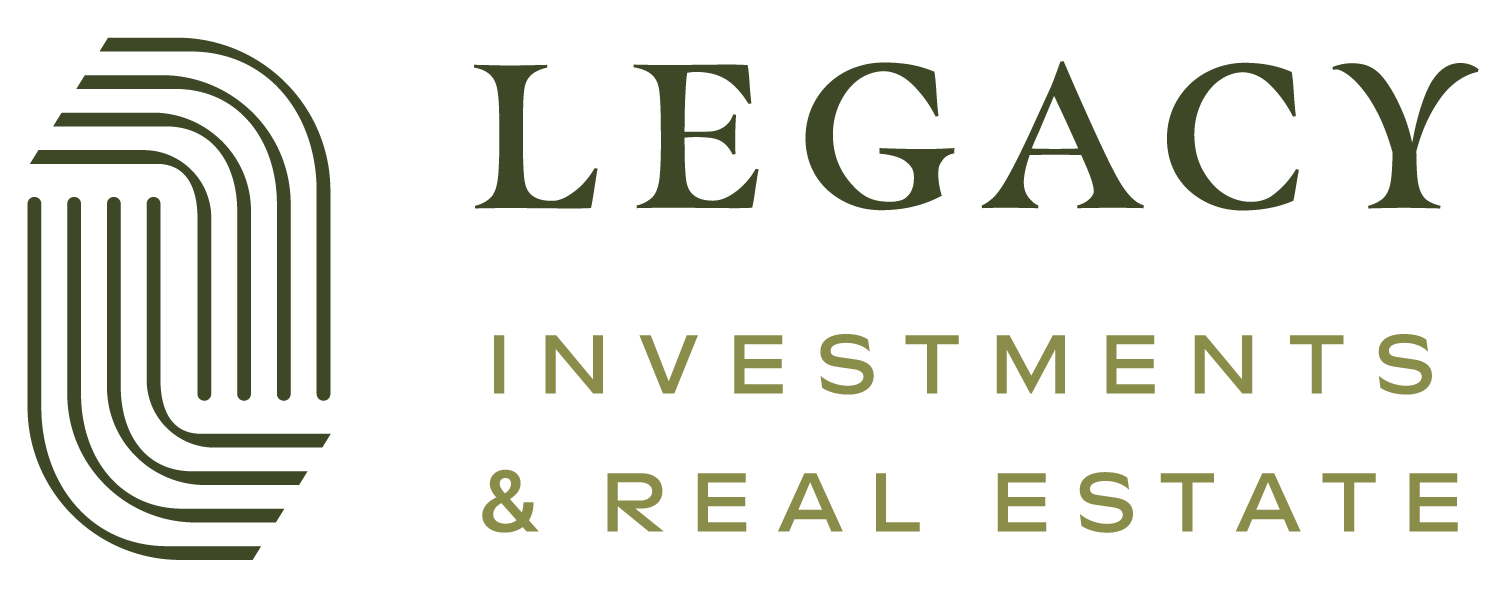Breaking Down OZ 2.0 and the Proposed Long- and Short-Term Changes to Opportunity Zones
The legislative landscape for Opportunity Zones may be shifting, with potential reforms on the horizon. The House Budget Committee recently released a budget resolution, marking the first step in the reconciliation process and directing the House Ways and Means Committee to allocate $4.5 trillion in tax cuts. While the details are still unfolding, this resolution could include significant changes to Opportunity Zones, impacting investors, developers, and communities that rely on these incentives.
The vision for OZ 2.0 includes both long- and short-term enhancements, many of which were included in the bipartisan Opportunity Zone Transparency, Extension, and Improvement Act (OZTEIA) that was introduced in September 2023.
Proposed Near-Term Changes
Potential Investment Deadline Extension: Extend the capital gains deferral period to December 31, 2028 to account for lost time due to the pandemic and regulatory delays
Increased Transparency: Reinstate and expand reporting requirements to promote transparency, ensure the program is operating as intended, and allow for the tracking of long-term outcomes in designated communities.
Fund of Funds Model: Create pathways for smaller-dollar impact investments by allowing Qualified Opportunity Funds (QOF) to be structured as a "fund of funds"
Proposed Long-Term Changes
Permanent OZ Incentive: Regularly scheduled OZ redesignations based on 2020 Census data, updated every 10 years.
Rolling Deferral Periods: Restoring the full 7-year deferral period to encourage continued investment.
Expanded Investor Eligibility: Allowing non-capital gain income to be deferred via QOF investments and enabling after-tax investments to qualify for the 10-year hold benefit.
Reinvestment of Interim Gains : Treating OZ fund sales like 1031 exchanges, allowing tax-free reinvestment if 100% of proceeds are redeployed into OZ property.
As lawmakers debate adjustments, it’s crucial for investors to stay informed on how these potential reforms could influence investment timelines, tax benefits, and compliance requirements.
This is for informational purposes only. Certain Qualified Opportunity Zone (QOZ) areas may not be able to appreciate as predictably as more established areas. Some neighborhoods may be more accommodating to development than others, impacting the success of the investment. Development and redevelopment of real estate traditionally have more risk than other types of real estate strategies. The availability and cost of construction and development financing is uncertain and represents a risk inherent in the execution of a QOF strategy. The rules and regulations of the QOZ Program are complex, compliance with the QOZ Program comes with significant challenges. QOFs tend to be illiquid investments for ten or more years. Any discussion regarding “Qualified Opportunity Zones” — including the viability of recycling proceeds from a sale or buyout — is based on advice received regarding the interpretation of provisions of the Tax Cut and Jobs Act of 2017 (the “Jobs Act”) and relevant guidance’s, including, among other things, two sets of proposed regulations and the final regulations issued by the IRS and Treasury Department in December of 2019. A number of unanswered questions still exist, and various uncertainties remain as to the interpretation of the Jobs Act and the rules related to Opportunity Zones investments. We cannot predict what impact, if any.
Legacy Investments & Real Estate is your partner in passive real estate investment.
We are passionate in our pursuit to help every investor build their financial legacy by unlocking the power of passive real estate. Through custom strategies aligned to their unique goals and needs, we provide investors with the potential for all the benefits of real estate investing without the headaches of property management.




